Complications of Hair Transplant Procedures: Is it Safe?
Facial Plastic Surgery
air transplant stands as a highly effective and promising method in the field of hair restoration. As advancements continually refine the techniques, expectations rise. However, despite this optimism, individuals must understand the landscape of hair transplant side effects and address the question, is hair transplant safe? These effects significantly influence the overall experience and outcomes of the procedure.
People often explore medications, ointments, and various surgical treatments to regain full hair and boost confidence. Nevertheless, the path to hair rejuvenation presents challenges, as each method carries its own set of hair transplant risks and potential complications.
This discussion delves into the complexities of hair transplant side effects and hair transplant complications, providing a comprehensive understanding to enlighten individuals in making informed decisions about their hair restoration experience.

Is Hair Transplant a Safe Procedure?
Questions about the safety of hair transplant procedures are widespread among patients, particularly concerning the possibility of long-term side effects and the influence these effects could have on the patient's general health. The fact that this cosmetic intervention is widely considered safe is an important point to keep in mind, as the benefits of this procedure considerably outweigh any potential negatives.
Common Side Effects of Hair Transplant
Hair transplant procedures often come with common, unavoidable side effects. To gain a better understanding of these complications, please read the following section:
- Pain
- Bleeding
- Hair shedding
- Swelling
- Scabbing and itching
- Numbness
- Scarring
- Pimples or folliculitis
- Redness
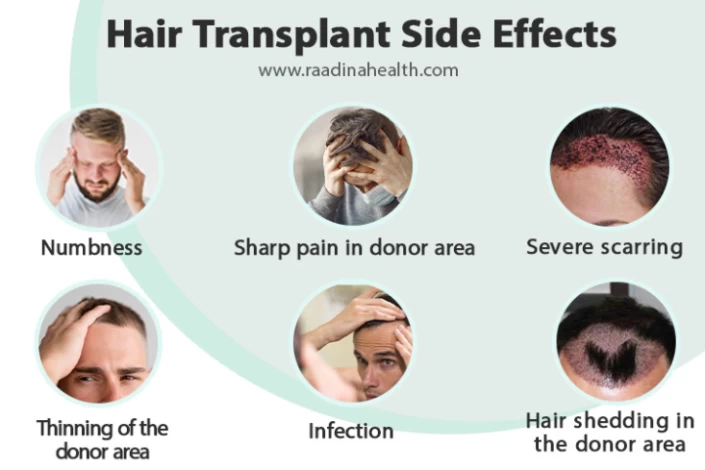
Pain
The hair transplant surgery is done under general or local anesthesia, depending on the type and extent of the procedure; therefore, you will not feel even the slightest pain during the procedure, but most patients feel mild to moderate soreness in their scalp for two weeks following the surgery which can be controlled by taking prescribed pain medications.
Bleeding
All hair transplantation methods involve cuts or nicks, so bleeding is an unavoidable complication of hair transplant surgery. Adept surgeons use advanced techniques and tools to minimize blood loss and control post-op bleeding using specific pads and bandages. It is important to know that taking blood thinners before and after hair transplantation surgery increases the risk of bleeding and can have irreversible effects.

Hair shedding
Despite expecting hair growth right after hair transplant surgery, almost all patients experience severe hair shedding between 1 to 6 weeks after the procedure. The main reason for hair shedding is that the follicles are temporarily cut off from their blood supply. Fortunately, the roots of the follicles start growing from the third month after the operation, and the hair gets thick again.
Swelling
Swelling after hair transplant is another common side effect of the surgery, which may extend from under the eyes to the back of the head. Sometimes, swelling is accompanied by bruising, especially on the forehead and parts of the scalp where the skin is thin. Although swelling is a sign of healing, many patients find it extremely bothersome. The good news is that most inflammation subsides within 10 days, and the residual swelling goes down almost two months after the surgery.
Scabbing and itching
Perhaps the most irritating complications of hair transplants are scabbing and itching. To remove the scabs and reduce the itching, you can frequently wash your head with prescribed shampoo and lukewarm water or use sprays provided by your doctor. Like swelling and bruising, the itching will be reduced almost two weeks after the operation and completely gone a month after the surgery.
Numbness
The numbness of the scalp after a hair transplant can be attributed to nerve damage or anesthetics used during the procedure. If your surgeon is experienced enough not to damage the nerves and vessels in your skin, you will not experience prolonged numbness.
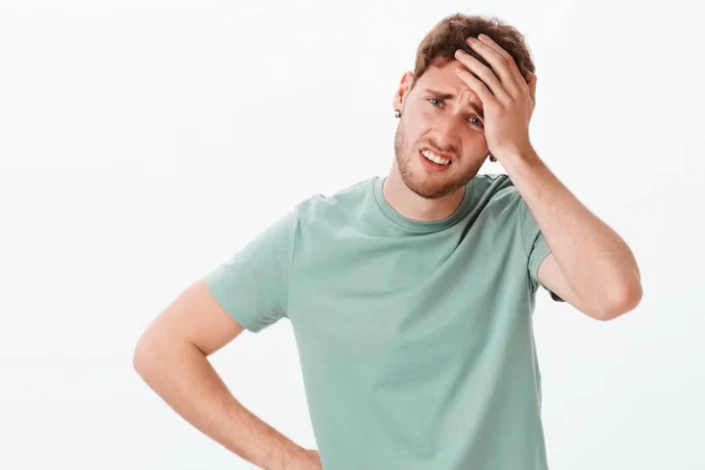
Scarring
After hair transplantation surgery, there will be either a linear scar or small dot-shaped ones on the donor and recipient areas. Fortunately, the hair strands cover the scars as they grow.
Pimples or folliculitis
Emerging pimples and small bumps on the scalp are less common than other complications of hair transplant surgery, but some patients get them a week after the operation. The scalp pimples usually emerge due to inflammation in the hair follicles, accumulation of skin oil in the pores, ingrown hair follicles, infection, and skin allergic reactions to anesthetics and medications. It should be noted that popping up the blemishes can worsen them, so you should refrain from touching and scrubbing them until they fall off.
Redness
It's common for patients to experience some redness following a hair transplant, which is usually a brief side effect. It happens because the scalp was injured during the transplantation process. The recipient area, where the new hair follicles have been implanted, is typically where the redness is more noticeable. Increased blood flow to the area as part of the healing process is what's causing this redness.
It is crucial to remember that this redness will eventually go away, usually within a few days or weeks, even though it can be unsettling. Minimizing redness and accelerating healing can be achieved regarding the surgeon's post-operative care instructions.
Complications of Hair Transplant Techniques
This section discusses the dangers of natural hair transplants and the hair transplant complications associated with different hair transplant techniques.
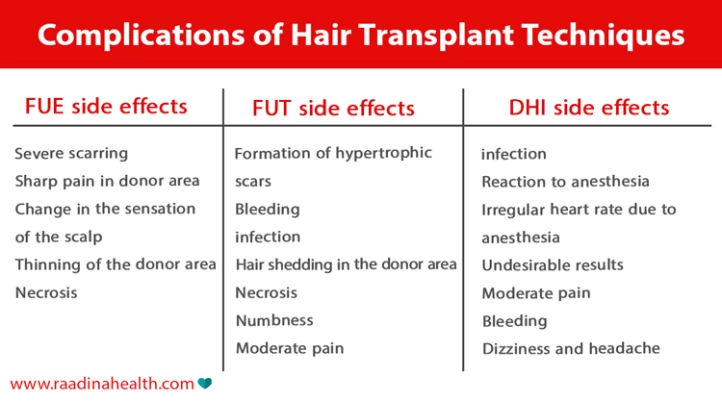
FUE side effects
- Making deep holes may cause the formation of cysts;
- Severe scarring;
- Sharp pain in donor area;
- Change in the sensation of the scalp;
- Thinning of the donor area;
- Necrosis.
FUT side effects
- Formation of hypertrophic scars;
- Bleeding;
- Infection;
- Improper or delayed wound healing;
- Hair shedding in the donor area;
- Necrosis;
- Numbness;
- Moderate pain.
DHI side effects
- Infection;
- Reaction to anesthesia;
- Irregular heart rate due to anesthesia;
- Undesirable results;
- Severe hair loss if the skin rejects the new follicles;
- Moderate pain;
- Bleeding;
- Dizziness and headache.
How to Prevent Hair Transplant Side Effects?
Pain and numbness are examples of natural and unavoidable side effects of hair transplantation. However, by taking into account the following factors, some complications, like infection, itching, bleeding, and excessive crusting, can be avoided or at least significantly reduced.
·Select a reputable clinic with established protocols and a qualified surgeon;
·To get your skin ready for the procedure, massage your scalp for at least two weeks prior to the procedure. This will lessen the possibility of scarring after a hair transplant;
- Wash your head with proper shampoo the day before the surgery to minimize the risk of infection;
- Wash your head with proper shampoo the day before the surgery to minimize the risk of infection, as it is one of the major risks after hair transplant surgery;
- Take prescribed medications such as antihistamines to control the itching;
·To help reduce swelling and bruising, apply a cold compress to your forehead and around your eyes with your doctor's permission.
·Keep yourself clean to avoid acne and cysts.
·Steer clear of any activities, drugs, or bad habits that can cause blood pressure to rise or blood to thin; otherwise, you risk experiencing severe bleeding both during and after the procedure.
Short-term Vs. Long-term Side Effects of Hair Transplant
Numbness, pain, redness of the scalp's skin, crust formation, pimples, swelling, and bruising are some of the short-term side effects of hair transplant surgery. Fortunately, these side effects disappear on their own or with the help of medication one to two weeks following the procedure. Although they are uncommon, long-term side effects from hair restoration surgery are possible.
Certain issues, such as hair strands growing in the wrong direction, nerve damage, laxity of the scalp, a serious infection that results in folliculitis, and obvious scarring, may persist or cause discomfort for a considerable amount of time. The majority of hair transplant side effects will go away quickly if you adhere to your surgeon's post-operative instructions.
Effects Short-Term | Long-Term | |
Numbness | Typically temporary, it resolves within weeks | Rare cases may experience prolonged numbness |
Pain | Mild to moderate soreness lasts a few weeks | Generally, pain subsides in the short term |
Swelling | Common, lasts around 10 days | Residual swelling may persist for up to two months |
Redness | Brief, usually resolves within days | Some may experience prolonged redness |
Itching | Intense initially, diminishes after 2 weeks | Usually subsides within a month |
Crusting | Temporary, resolves within a few days | Not typically a long-term concern |
Hair Shedding | Common in the first 1 to 6 weeks | Usually, temporary regrowth starts after 3 months |
Scarring | Linear or dot-shaped scars covered by hair | Scars may be visible but are usually minimal |
Pimples or Folliculitis | Possible but less common | Generally resolves within a few weeks |
Changes in Hair Direction | Rare, may be corrected with a follow-up | Uncommon, but corrective measures may be needed |
Damage to Nerves | Rare, with experienced surgeons | Prolonged damage is uncommon |
Infection | Possible, but usually managed with antibiotics | Uncommon in the long term |
Thinning of Donor Area | Temporary, donor area usually regains density | Rare, and not a typical long-term issue |
Visible Scarring in Donor Area | Minimal, covered by hair growth | Scarring may be visible but is generally minimal |
Sensation Changes in Scalp | Temporary, normal sensation usually returns | Permanent changes are rare |
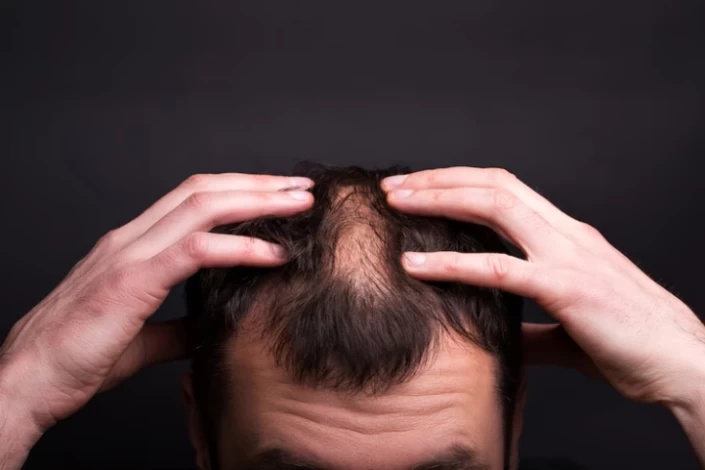
Does Hair Transplant Work?
Hair transplant surgery has a relatively high success rate compared to medications and ointments. If a qualified plastic surgeon or dermatologist does this operation, more than %80 of transplanted hair follicles will survive and regrow. While hair transplant procedure is generally considered safe and effective, there are instances where the desired results are not achieved or complications arise. Some common reasons for failed hair transplant may include:
- Improper Surgical Technique: Inexperienced surgeons, poor graft placement, insufficient blood supply to the grafts, or damage to the hair follicles during extraction can all negatively impact results;
- Underlying Medical Conditions: Conditions like autoimmune disorders, hormonal imbalances, or certain medications can interfere with hair growth even after a successful transplant;
- Inadequate Donor Hair Supply: If there's not enough healthy hair in the donor area, the transplant may not achieve the desired density or fullness;
- Poor Patient Compliance: Following post-operative instructions diligently is crucial for successful hair transplant. Smoking, excessive alcohol consumption, and poor nutrition can hinder healing and hair growth;
- Unrealistic Expectations: Understanding the limitations of hair transplants is essential. Not everyone is a suitable candidate, and results can vary.
Hair Transplant in Iran: Successful Procedure
Hair transplants in Iran have gained significant popularity in recent years. The country is known for its advanced medical facilities and skilled surgeons, making it a preferred destination for individuals seeking hair restoration procedures. Iranian clinics offer various techniques, including Follicular Unit Extraction (FUE) and Follicular Unit Transplantation (FUT), ensuring personalized treatment plans tailored to each patient's needs.
Moreover, the cost of hair transplants in Iran is relatively affordable compared to other countries, attracting domestic and international patients. With its excellent healthcare infrastructure and experienced professionals, Iran has become a leading destination for those looking to regain their hair and confidence.
FAQs About Hair Transplant Side Effects
1) Are hair transplant surgery side effects more common in men or women?
Generally speaking, women with hormonal problems, sensitive skin, and anemia are more prone to severe hair loss after hair transplant surgery than men.
2) What causes hair transplant complications?
Inappropriate pre- and post-operation care, poor hygiene, inadequate experience of the surgeon, and non-sterile condition of the operation room are the main causes of hair transplant complications.
3) Is hair transplant high risk?
Despite being a safe procedure, there are some risks of hair transplant, such as infection, bleeding, and severe scarring.
4) Are there significant health risks associated with hair transplantation?
Based on research findings and accumulated experience, it is unlikely that side effects of hair transplantation, such as exposure to serious diseases or the development of conditions like brain damage or cancer, would occur. Like other surgical procedures conducted under sterile clinical conditions, hair transplant operations entail minimal risks, approaching nearly zero.

 WhatsApp
WhatsApp
 Telegram
Telegram
 Facebook
Facebook
 Email
Email




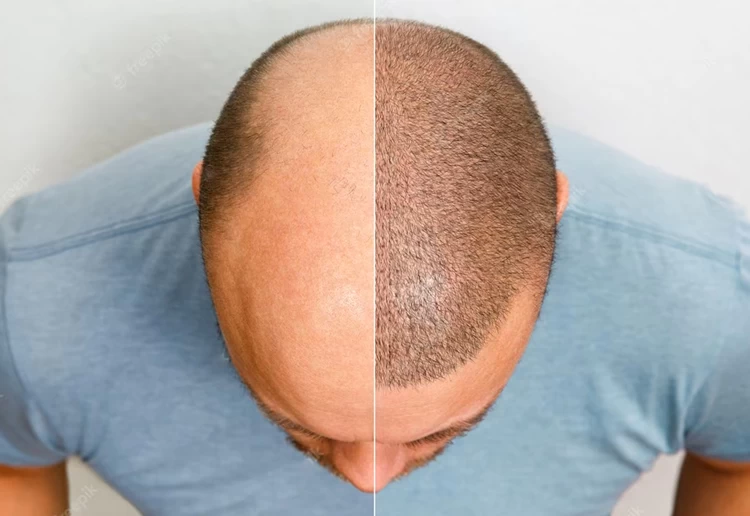


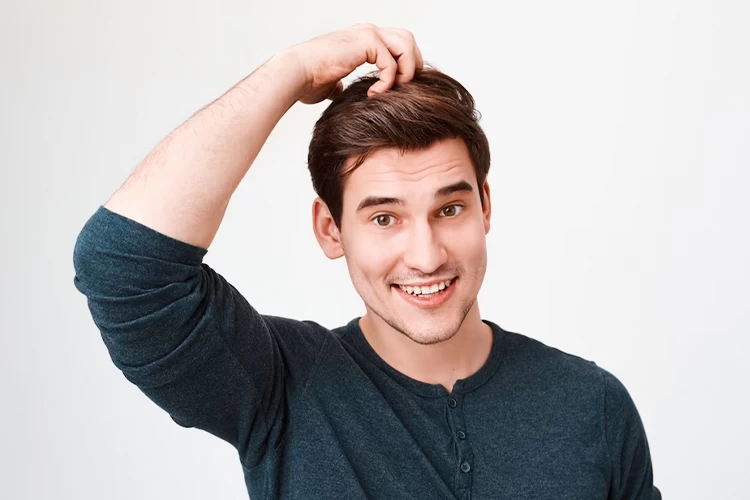


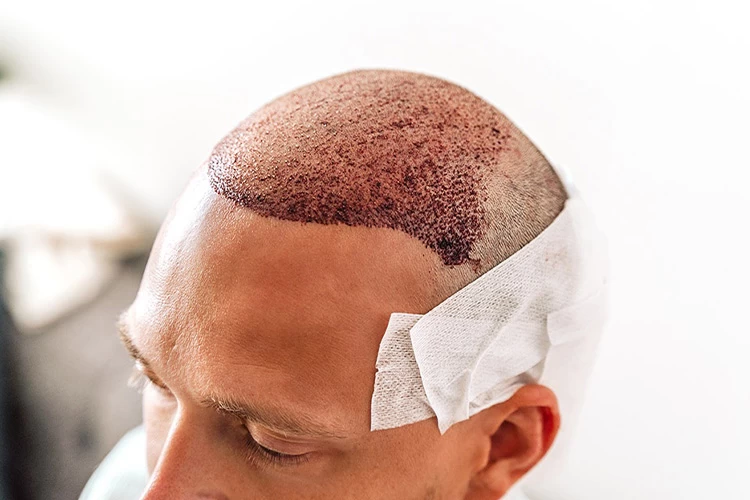
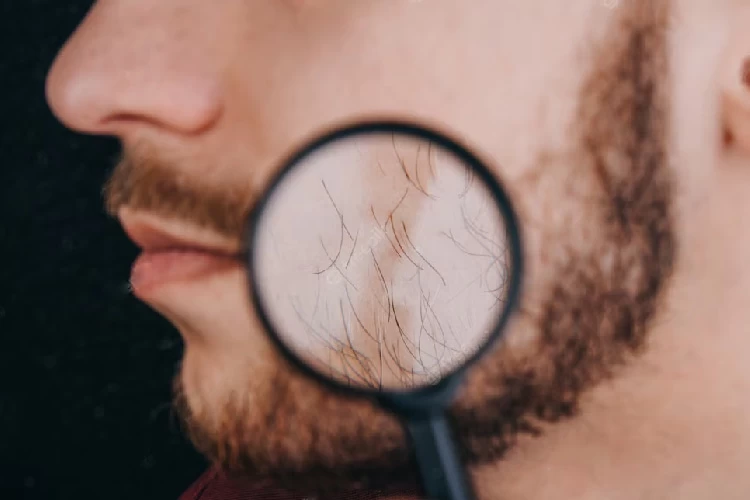
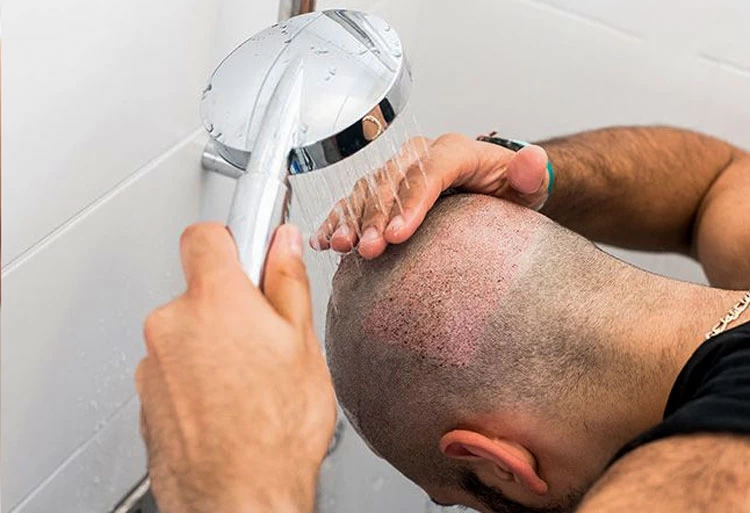
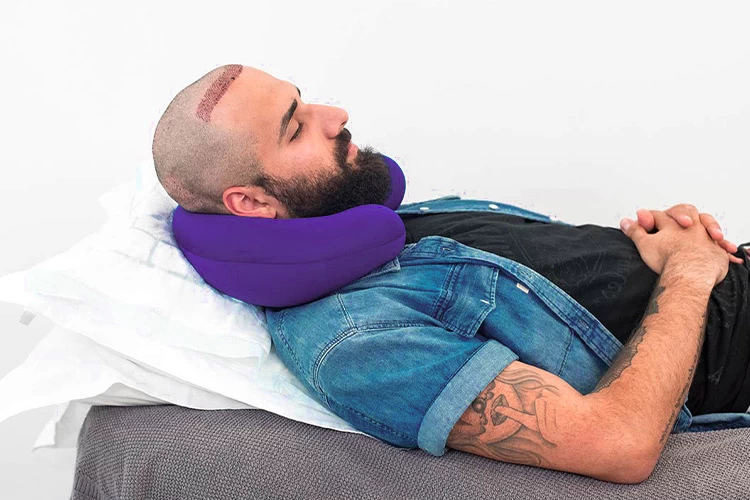


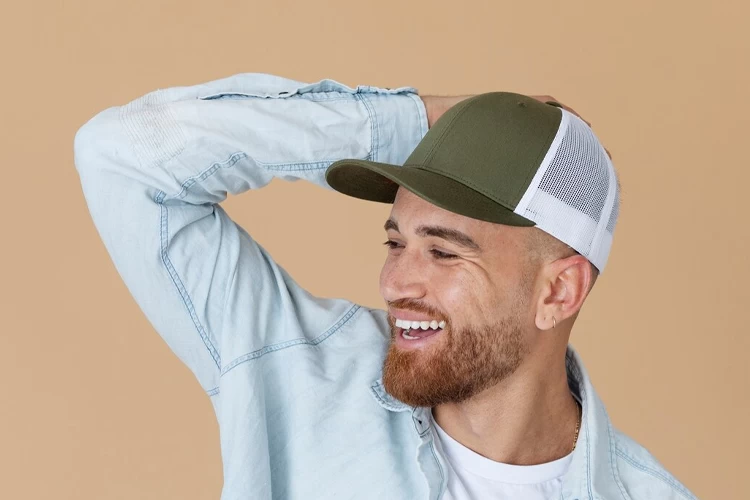
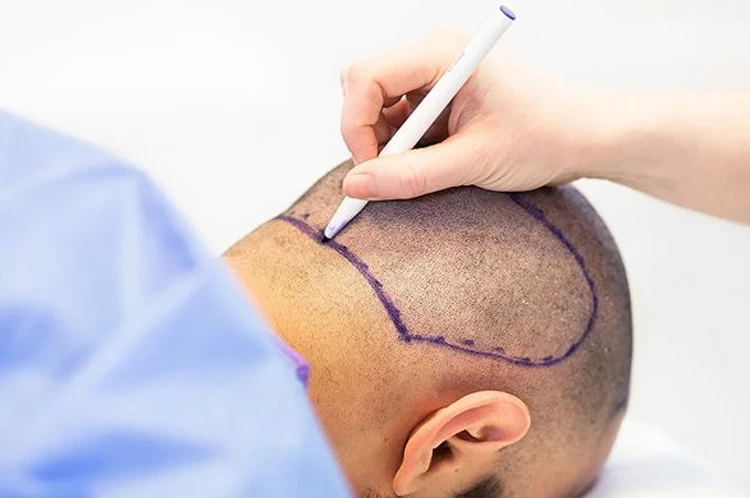

User
-It is safe or not safe
فاطمه وجهی
-There's no risk
User
-Great article! I like how you explained both short-term and long-term complications of hair transplant clearly. Highlighting manageable risks and aftercare importance is very helpful. Adding patient stories or clinic selection tips would make it even more practical for readers. Thanks for sharing such balanced insights!